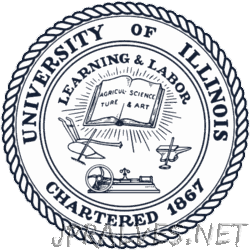Other
“Silicon-based electronics are approaching their physical limitations and new materials are needed to keep up with current technological demands. Two-dimensional (2D) materials have a rich array of properties, including superconductivity and magnetism, and are promising candidates for use in electronic …
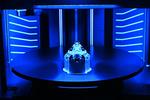
“Researchers report that they have developed a new composite material designed to change behaviors depending on temperature in order to perform specific tasks. These materials are poised to be part of the next generation of autonomous robotics that will interact …

“If coal and natural gas power generation were 2% more efficient, then, every year, there could be 460 million fewer tons of carbon dioxide released and 2 trillion fewer gallons of water used. A recent innovation to the steam cycle …
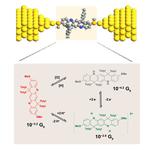
“Researchers have demonstrated a new material for single-molecule electronic switches, which can effectively vary current at the nanoscale in response to external stimuli. The material for this molecular switch has a unique structure created by locking a linear molecular backbone …
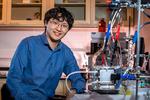
“The nitrate runoff problem, a source of carcinogens and a cause of suffocating algal blooms in U.S. waterways, may not be all gloom and doom. A new study led by the University of Illinois Urbana-Champaign demonstrates an approach for …
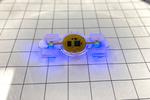
“First, they walked. Then, they saw the light. Now, miniature biological robots have gained a new trick: remote control. The hybrid “eBiobots” are the first to combine soft materials, living muscle and microelectronics, said researchers at the University of Illinois …
News Scientists crack upcycling plastics to reduce greenhouse gas emissions, advancing a recent Science study
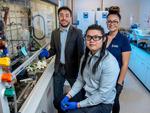
“Scientists from the University of Illinois Urbana-Champaign, University of California, Santa Barbara, and Dow have developed a breakthrough process to transform the most widely produced plastic — polyethylene (PE) — into the second-most widely produced plastic, polypropylene (PP), which could reduce greenhouse …
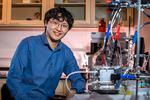
“Spent lithium-ion batteries contain valuable metals that are difficult to separate from each other for recycling purposes. Used batteries present a sustainable source of these metals, especially cobalt and nickel, but the current methods used for their separation have environmental …

“The feeding patterns of black holes offer insight into their size, researchers report. A new study revealed that the flickering in the brightness observed in actively feeding supermassive black holes is related to their mass. Supermassive black holes are millions …
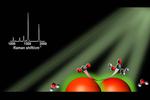
“Researchers report that small quantities of useful molecules such as hydrocarbons are produced when carbon dioxide and water react in the presence of light and a silver nanoparticle catalyst. Their validation study – made possible through the use of a high-resolution …

